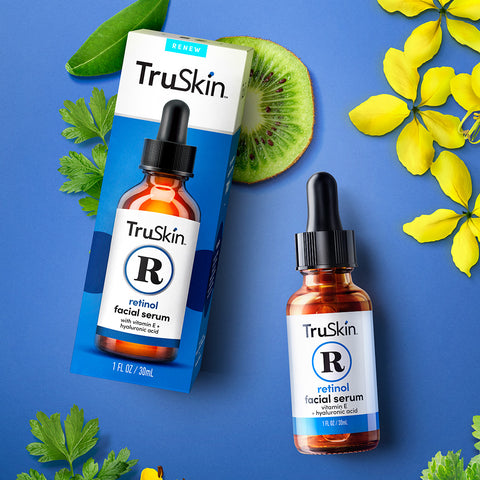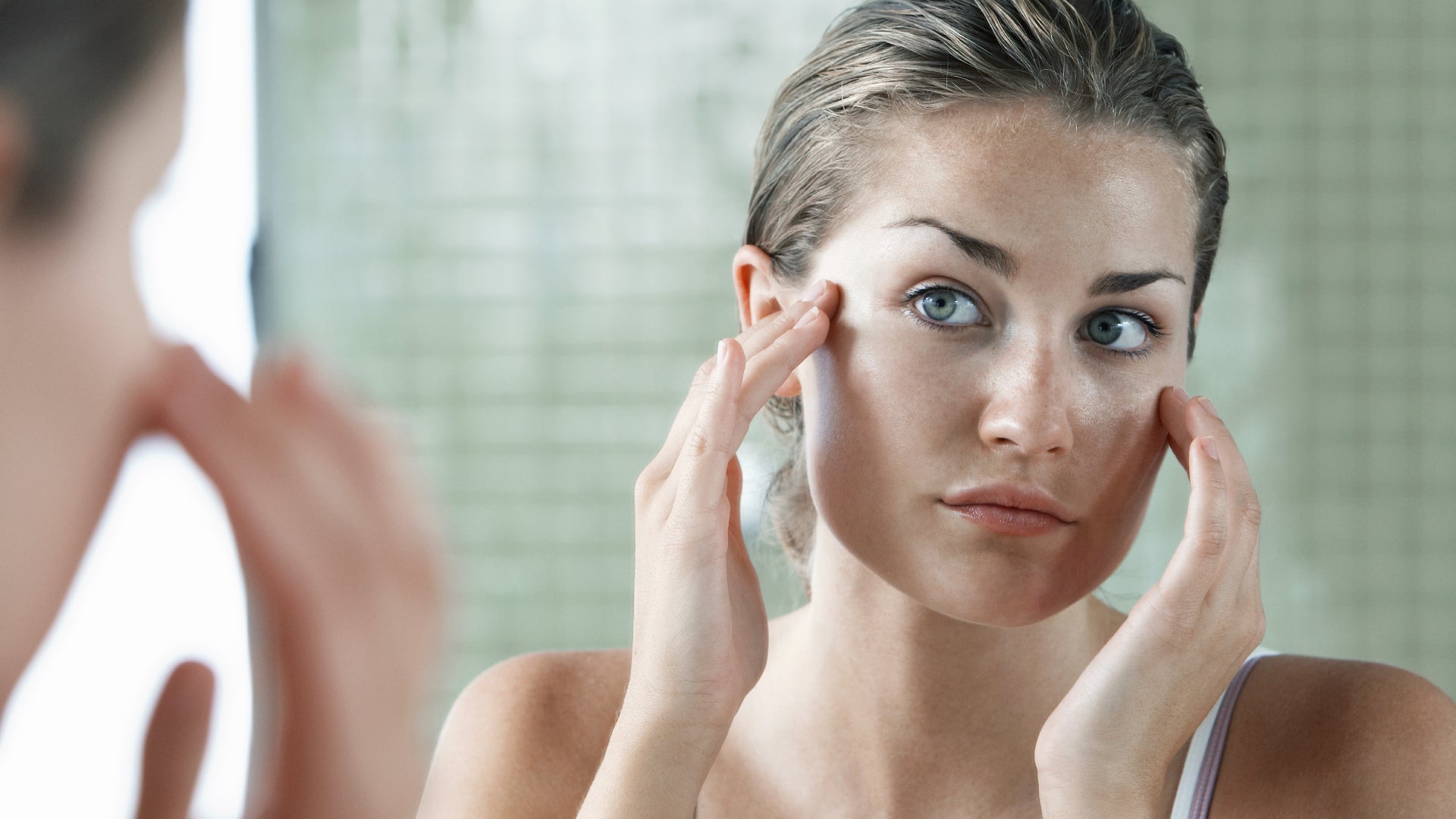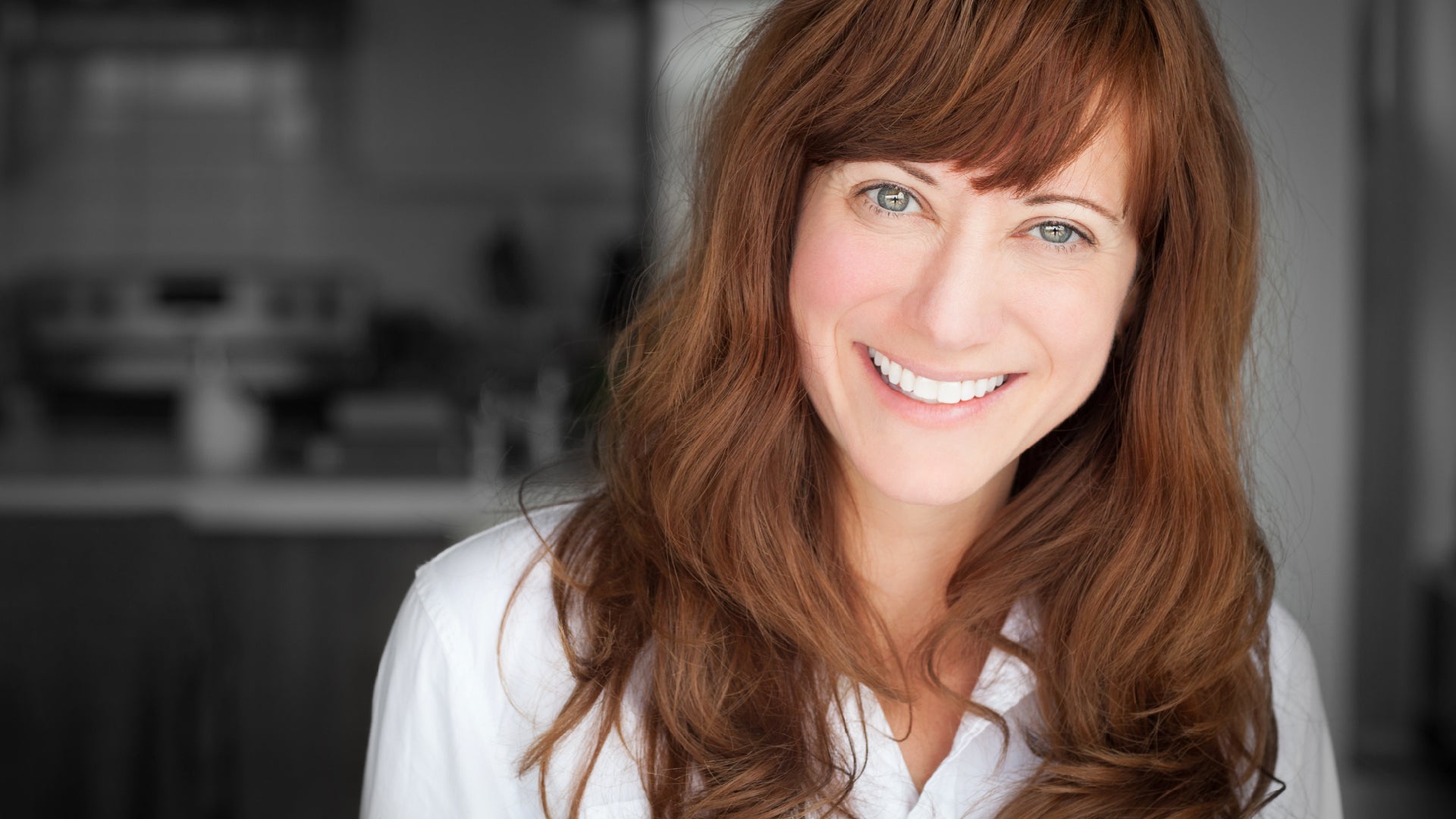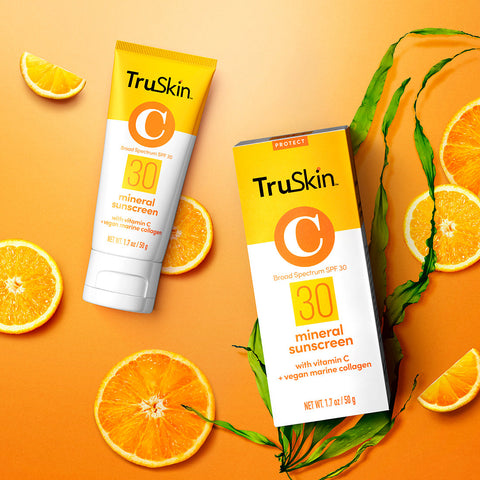
The Most Common Retinol Myths: Debunked
Retinol often gets a bad rap for drying out your skin and making it super sensitive to the sun. But not everything you hear about retinol is gospel. Here, we sort out the facts from the fiction…
Retinol is almost unbeatable for reducing the appearance of lines, wrinkles and dark spots. It’s also super effective for clearing up your zits. Even so, retinol sure does get it in the neck. And we think that’s kind of unfair for a skincare ingredient that’s been clinically researched for decades and proven to be one of the best, most effective ingredients you could (and should) be using on your skin.
Sure, haters gonna hate (hate, hate, hate, hate) and yes, like all active skincare ingredients, retinol is not for everyone. But we think it at least deserves a fair deal. So, here, we get to the bottom of the untruths.
Because there's no room in this blog for fake news.
Myth #1: Retinol Is Not As Good As Tretinoin
The Truth: Depending on your skin type, both can be very effective.
The Details: Retinol and tretinoin both belong to the same family: retinoids. Retinoids are active, topical forms of vitamin A that activate certain genes within your skin to stimulate it to turn over more efficiently. Tretinoin (or retinoic acid) is the purest, fastest-working form and therefore the most potent which is why it’s only available on prescription. Retinol, on the other hand, is a gentler version that does the same thing but must be converted into retinoic acid by your skin before it takes effect. Research shows that, because of this conversion, retinol is 20 times less potent than tretinoin, but while it’s less powerful and takes longer to work, this makes it way less irritating and better tolerated by different skin types.
Tomayto, tomahto.
Myth #2: Retinol Is A Terrible Idea For Sensitive Skin
The Truth: Retinol can be an effective treatment for most skin types – as long as you use it wisely.
The Details: When it comes to nailing the use of retinol, it’s all about understanding your skin and building up a tolerance. It may be tempting to dive head first into a super strong retinol formulation, but this can have dire effects in the form of redness, irritation, dryness and peeling. And this is where retinol’s bad rap comes from – people using one that’s way too potent for their skin, and applying it too often from day one.
The best way to incorporate retinol into your daily routine is to start with a low concentration and apply it just two or three times a week until your skin adapts. Then you can up your frequency and/or potency accordingly.
Skin still not happy no matter how much you’ve tried? Then retinol might not be for you, so think about alternative active ingredients such as niacinamide, lactic acid or vitamin E.
Myth #3: You Shouldn't Use Retinol Until You're At Least 30 Years Old
The Truth: It’s never too late to start applying retinol, but during your 20s is the sweet spot.
The Details: Most experts agree that retinol is perfectly safe to start using in your 20s when the first signs of aging begin to appear. As the old saying goes, prevention is better than cure, right?
According to Scientific American, your skin produces 1 percent less collagen every year from the age of 20. Collagen is what gives your skin structure and strength, so promoting the quantity and quality of your collagen levels is super important if you want to maintain youthful skin. And what’s the best way to do this? With a topical retinol that's been proven to increase the production of collagen and boost your skin's elasticity.
Myth #4: If Retinol Makes Your Skin Breakout, Stop Using It Immediately
The Truth: Redness, dryness, and breakouts can be part of the skin purging process.
The Details: Unlike allergies or acne, skin purging is when your skin temporarily reacts to a new product or ingredient in your routine, causing it to exfoliate and bring congestion to the surface. Skin purging often creates annoying flare-ups, but this means that whatever you’ve applied to your skin is actually working, so bear with it. More good news: pimples caused by skin purging don’t last as long as regular acne and they’ll heal much quicker, so a little patience will go a long way.
Reckon your breakouts are something more than a temporary reaction to your retinol treatment? Then it's best to seek advice from your dermatologist.
Myth #5: Never Apply Retinol In The Morning
The Truth: Retinol does not cause sun damage, so it's fine to use in the morning and/or night as long as you apply SPF daily.
The Details: Yes, it’s usually advised to apply retinol at night, but this is not because retinol makes your skin more sun-sensitive, but because most retinol formulations are deactivated and made less effective by sunlight. Oh.
That being said, retinol will thin the top layers of your skin and decrease its ability to protect itself, so you should always apply a daily sunscreen with a broad-spectrum of SPF 30+. But that’s a given anyway.
Myth #6: You Should Never Use Retinol Around Your Eyes
The Truth: Retinol is a totally safe skin treatment for your entire face and neck.
The Details: The skin around your eyes is thinner and more fragile than the rest of your face, for sure, but this doesn’t mean it can’t tolerate retinol. In fact, your eyes are more prone to the visible signs of aging, so a gentle retinol treatment to help boost collagen in this area can work wonders on those fine lines and wrinkles. The potential for irritation is definitely greater than elsewhere on your face, however, so remember not to apply it too close to your eyes and start with just a once or twice weekly application when using it for the first time. You could also apply a moisturizing eye cream afterwards – as long as it doesn’t also contain active ingredients, of course.





















